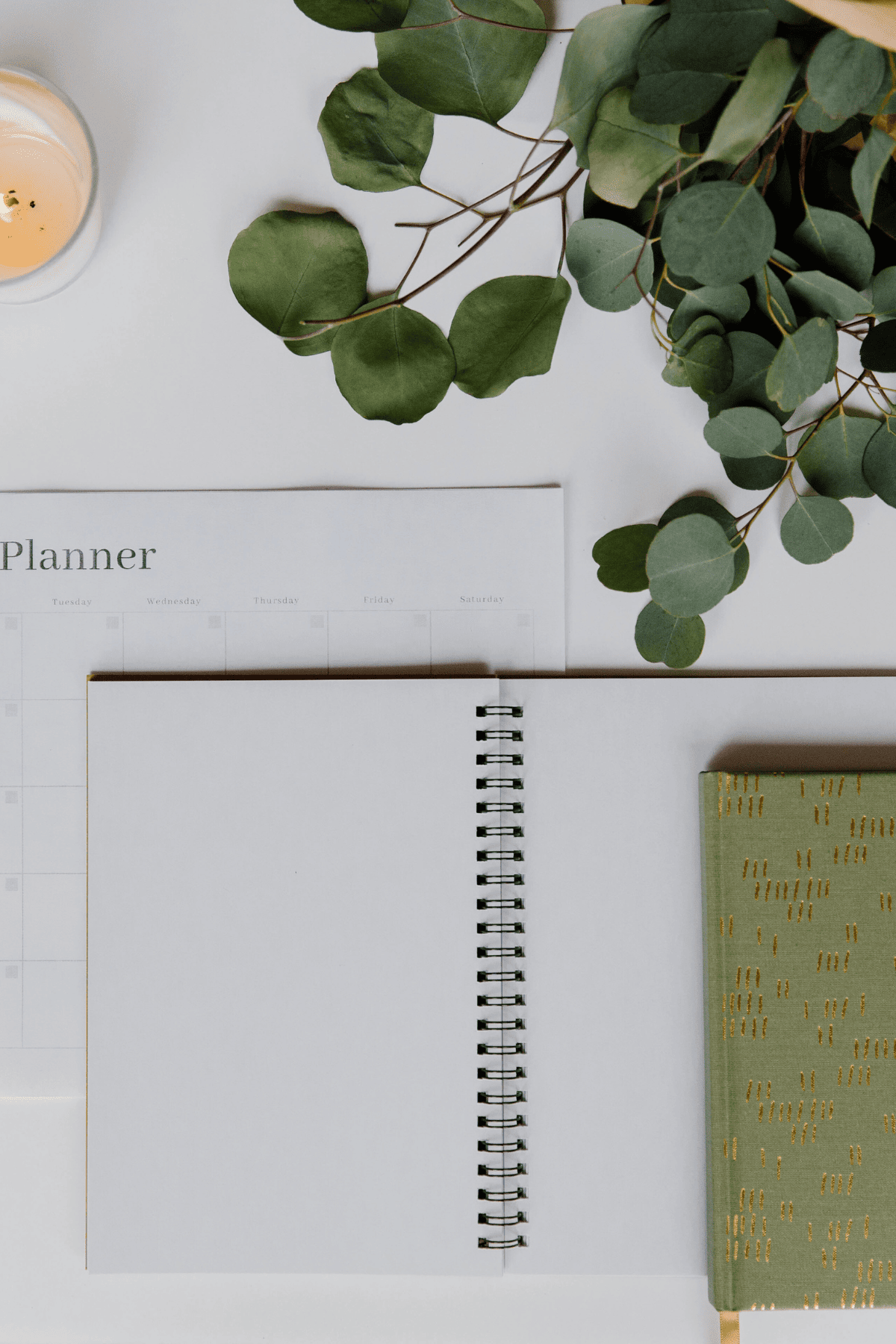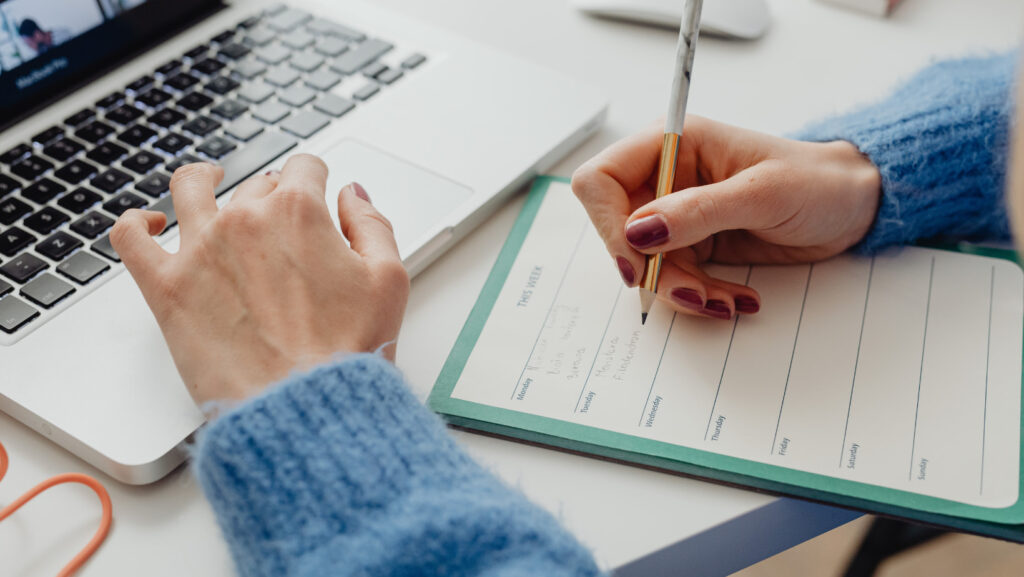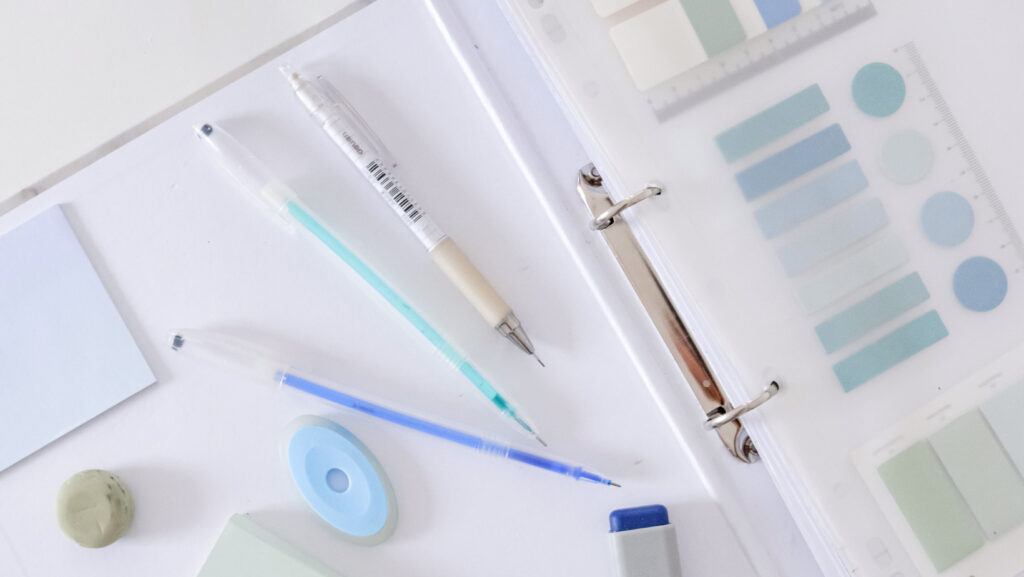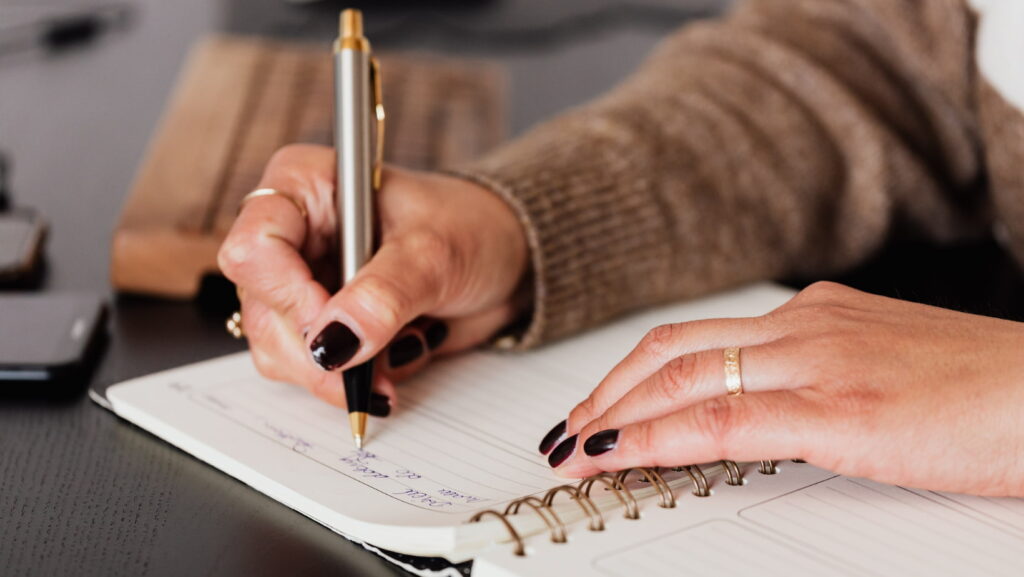
This post may contain affiliate links. For more information, read the full disclosure here.
Life can be chaotic, with endless to-do things constantly running through our minds. We are only human, so naturally, much of that information gets lost during the day. Planners can organize your daily life and alleviate the stress of forgetting something important.
However, you probably don’t know how to use a planner effectively if you get one for the first time. Until you get the hang of it, the process can be harrowing. There is no reason to be!
With some strategic tips, you will learn how to use a planner effectively for maximum organization and productivity.
In this article, we’ll talk about why you should get your hands on a planner, how to use it, and what to write in it.
If you are ready to develop a habit that will revolutionize your life, keep reading!
What Is A Planner And Why Do You Need It
A planner serves as a useful tool designed to record and arrange your daily tasks and commitments. Planners exist in various formats, such as digital planners, notebooks, or calendars.
They come in daily, weekly, monthly, or yearly variations that allow you to concentrate on your objectives within a designated timeframe. You can also find specialized planners tailored to specific themes like travel, work, or finance.
Planners allow you to keep track of your time in a way that you can use it more productively. By organizing your activities, you focus on important tasks, reduce anxiety, and make space for things that truly matter to you.
Planners give you an unparalleled sense of control over your time and life. To maximize this effect, learning how to use a planner effectively is beneficial.
How To Choose The Right Planner For You
Your planner should accommodate your needs and preferences. With so many options out there, it is practically impossible not to find something tailored to you.
If you like things digital, opt for a digital planner, like Google Calendar or the ClickUp Digital Planner. The options are endless and at your disposal.
If you want to do things the analog way, you can find a planner at a local bookstore or search for one online.
Some planners come with additional features, like the Lavendaire daily planner focusing on self-care and gratitude or the weekly reset planner adding a heartfelt touch with unique, thoughtful prompts.
How To Use A Planner Effectively: 12 Tips To Manage Your Time Like A Pro
When you get your hands on your planner, you will want to customize it to meet your personal needs and expectations. Let’s explore how to use a planner effectively through 12 practical tips.
How To Use A Planner Effectively: The Basics

Give It Your Personal Touch
Unless you have chosen a planner that suits your preferences and style, start by giving your planner a personal touch. Write thought bubbles, sketch, or play with stickers to match your aesthetic.
This will break the awkwardness of trying something new for the first time. Customizing your planner will add familiarity and offer a more fun and pleasant tone to the process. After all, finding out how to use a planner effectively does not only have practical aspects.
Decide What You Want It For
Planners are commonly used for to-do lists and daily goals. However, there is no one-fit-all method, and its uses should not be limited. You can write whatever you want to remember, keep track of, or anything you find useful.
To give you some ideas, you can write shopping lists, track the progress of long-term goals, write down thoughts and emotions, or important appointments and meetings.
Pro tip: Remember not to overload your planner with too much information. You still want to keep things separate and organized.
Use A Coding Method
To enhance the effectiveness and simplicity of planning, you can use coding methods to keep your planner organized. One approach is to apply color coding by using different colored pens, such as red for deadlines, green for appointments, or yellow for miscellaneous tasks.
Otherwise, you can use visual patterns, like circling meetings or boxing important dates. Another useful technique involves incorporating Post-it notes, stickers, or any other items that assist you in managing your tasks effectively.
How To Use A Planner Effectively: Cultivating The Mindset

Define Your Intention
Before you get into this new habit, ask yourself, why am I doing this? What do I hope to achieve? The answer could be something along the tracks of “I wish to improve my life, reduce stress, prioritize self-care in a busy schedule, etc.”.
By answering this question, you will define your intention. Remember to draw motivation and have a conscious approach to creating this new habit.
Commit To It
Making a new habit stick can be harder than it sounds. In the early stages, when you’re still unfamiliar with the routine, it’s natural to feel discouraged. Avoid placing excessively high expectations on yourself and gradually ease into the process.
Consistency is the key to success. Commit to writing in your planner daily, even if it’s just a small entry. Celebrate yourself for doing something that brings you closer to improving your life.
Pro tip: If you find it hard to stay on track, set a daily reminder or enter into the process with a friend or partner that will keep you committed.
Plan Ahead Of Time
To maximize the effectiveness of your planner, utilize it as a proactive tool for preparing ahead of time. Rushing to make last-minute plans can cause unnecessary anxiety and undermine the very purpose of effective planning.
Instead, dedicate a moment in the morning before starting your day or the night before sleep to engage with your planner. By using your planner ahead of time, you gain a sense of control over your schedule and reduce the likelihood of feeling overwhelmed.
How To Use A Planner Effectively: Best Organization Methods

Set Daily Intentions
To enhance the effectiveness of your planner, incorporate daily intentions as part of your practice. By setting a special intention or goal at the top of your planner page, you have the power to shape the tone of your day.
This intentional practice will likely influence your mood positively, providing a source of motivation and determination. By clearly stating your intention, you align your actions with your purpose, allowing you to prioritize tasks that align with your goals.
Brainstorm Your Goals
Writing your to-do list in a neat and organized manner matters. Not for the Instagram post but to make your program and life a lot less complicated. When you begin using a planner, there will be a lot of going back and forth until you find a planning style that truly helps you.
To declutter your planner, minimize scribbles, and save time, allocate dedicated time for intentional brainstorming. Take a moment to consider all your obligations, tasks, meetings, and shopping needs, and note them down on a separate sheet of paper.
You create space for clarity when you take everything out of your mind. Then, systematically organize these items in your planner, effective and structured.
Prioritize
Despite the help of a planner, completing all the items on your to-do list is sometimes impossible. Certain tasks naturally hold greater importance or urgency than others and should have a higher priority than minor tasks.
Renowned productivity influencer Ali Abdaal has created the “Daily Highlight” method, where he just sets a single goal for the day! He intentionally places it in his daily plan and commits to achieving it no matter what.
Then, he creates a comprehensive “might-do” list containing less critical activities he might or might not do, depending on his time and availability.
Use Time Blocks
Juggling all the tasks designated for a single day is not possible without structured management of your time. To address this, divide your time into smaller segments and allocate specific tasks to predetermined “blocks of time.”. This method is widely known as time-blocking.
Based on experience, time-blocking can be effective but also stressful. To minimize the stress, I would recommend two approaches. Firstly, be aware of how much time each task requires and avoid squeezing big tasks into small time blocks.
Secondly, instead of compulsorily completing a task, aim to make as much progress as possible.
Don’t Overcrowd Your Schedule
One thing I like to remind myself when I fill in my planner is that productivity is a tool, not a goal or requirement. Ticking things off your to-do list can be exceptionally satisfying.
However, caring for your mental health and saving time for self-care is crucial to prevent burnout. Therefore, you need to be realistic and honest with your planner. Take on as many tasks as you can without overwhelming your schedule.
Revisit Your Plans
Nothing is perfect, and certainly not your planner. To maximize its effectiveness, you need to embrace flexibility and adaptability. No matter if you think you have everything under control, things change, and unexpected things happen.
Allow for free time in your schedule to accommodate sudden changes. In order to learn how to use a planner effectively, you need to trade rigidity for flexibility.
Final Words On How To Use A Planner Effectively
You have gone through all the tips on how to use a planner effectively. Still, the best thing you can do to sort everything out is to grab a planner and test the waters.
Using a planner allows for more flexibility in your schedule and intentional management of your time. This creates space for more of the things you crave in life.
Choose the right planner for you and experiment with it! Embark on a journey of conscious time-spending and less anxiety!

I’ve always struggled to use a physical planner. I use a mixture of my notes apps and a spreadsheet!
Corinne x
Looks like you’re more of a digital planner, which is also a great way to get organized! 🙂